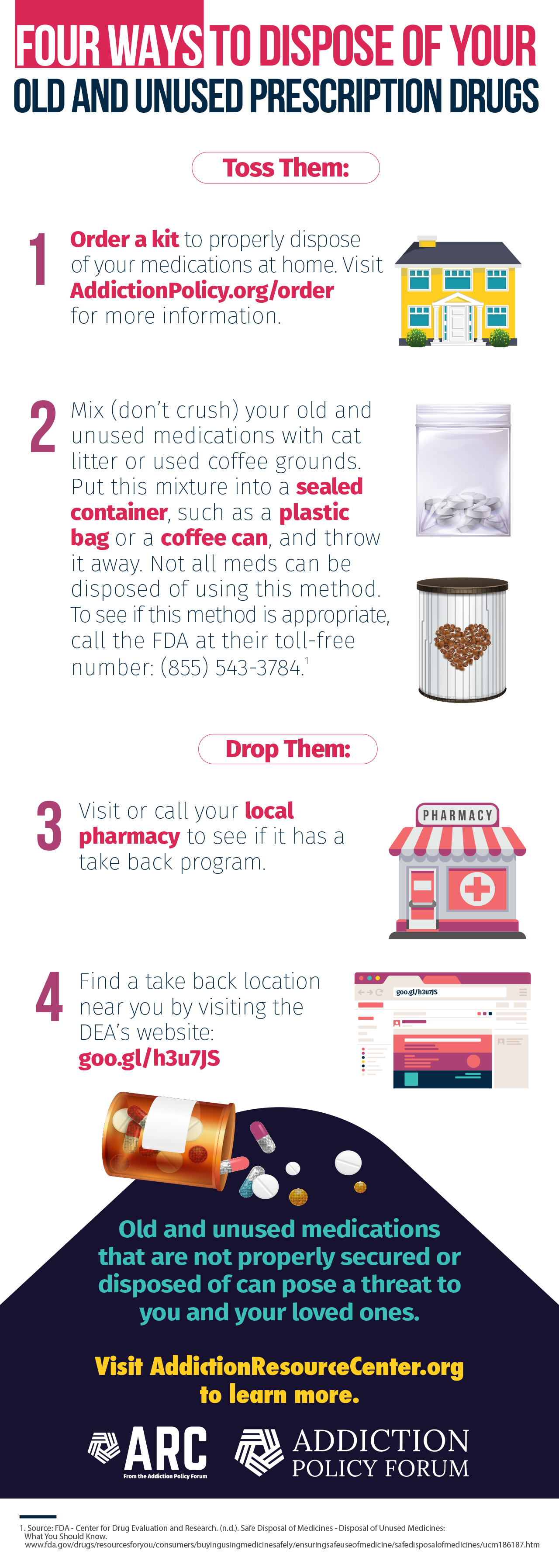2018-03-13T16:01:00
(BPT) – An estimated 4.4 percent of adults have Attention Deficit Hyperactivity Disorder (ADHD) in the U.S. — which means that when applied to the full U.S. adult population aged 18 and over, approximately 10.5 million adults are estimated to have ADHD. Medication is not appropriate for all individuals diagnosed with ADHD. ADHD is a neurodevelopmental disorder that manifests as a persistent pattern of inattention and/or hyperactivity-impulsivity that interferes with functioning or development. Many of these adults struggle with symptom management as they go through their day.
On June 20, 2017, the U.S. Food and Drug Administration (FDA) approved MYDAYIS® (mixed salts of a single-entity amphetamine product), an extended-release treatment for ADHD in patients 13 years and older. Mydayis is not for use in children 12 years and younger. In clinical studies, Mydayis demonstrated improved attention up to 16 hours after dosing, beginning at 2 to 4 hours, compared to placebo. Attention was measured using the Permanent Product Measure of Performances (PERMP), a skill-adjusted math test that measures attention in ADHD. Mydayis is now available for appropriate patients by prescription.
Mydayis, other amphetamine containing medicines, and methylphenidate have a high chance for abuse and can cause physical and psychological dependence. Your healthcare provider should check you or your child for signs of abuse and dependence before and during treatment with Mydayis. Tell your healthcare provider if you or your child have ever abused or been dependent on alcohol, prescription medicines, or street drugs. Your healthcare provider can tell you more about the differences between physical and psychological dependence and drug addiction.
Mydayis is a federally controlled substance (CII) because it contains amphetamine that can be a target for people who abuse prescription medicines or street drugs. Keep Mydayis in a safe place to protect it from theft. Never give Mydayis to anyone else, because it may cause death or harm them. Selling or giving away Mydayis may harm others and is against the law.
“The recognition and treatment of ADHD have gone through significant developments in the past 20 years as we’ve come to understand more about how symptoms may impact a patient’s day,” said Dr. Theresa Cerulli, Clinical Instructor at Harvard Medical School. “The availability of multiple, different ADHD treatments, including Mydayis, provides healthcare professionals with different tools they can consider using as part of their patients’ management plans.”
As the understanding of ADHD and the ways it impacts people continues to evolve, it is also important for healthcare professionals to have a range of treatment options to help address the needs of their individual patients. Mydayis provides healthcare professionals with another option for their appropriate patients who may seek an extended-release treatment that helps address their individual needs. People living with ADHD should work with a healthcare professional to determine whether a pharmacological treatment is appropriate for them, and if so, which one helps meet their individual needs.
For more information about Mydayis, talk to your healthcare provider and visit www.MYDAYIS.com.
What is MYDAYIS®?
Mydayis is a prescription medicine for ADHD in patients 13 years and older. Mydayis is not for children 12 years and younger.
IMPORTANT SAFETY INFORMATION
Abuse and dependence. Mydayis, other amphetamine containing medicines, and methylphenidate have a high chance for abuse and can cause physical and psychological dependence. Your healthcare provider should check you or your child for signs of abuse and dependence before and during treatment with Mydayis.
Tell your healthcare provider (HCP) if you or your child have ever abused or been dependent on alcohol, prescription medicines, or street drugs. Your HCP can tell you how physical and psychological dependence and drug addiction are different.
Mydayis is a federally controlled substance (CII) because it contains amphetamine that can be a target for people who abuse prescription medicines or street drugs. Keep Mydayis in a safe place to protect it from theft. Never give Mydayis to anyone else, because it may cause death or harm them. Selling or giving away Mydayis may harm others and is against the law.
Who should not take Mydayis?
Do not take Mydayis if you or your child is:
- allergic to amphetamine or any of the ingredients in Mydayis. See Medication Guide for a list of ingredients.
- taking or have taken a medicine for depression (monoamine oxidase inhibitor [MAOI]) within the past 14 days.
Serious problems can occur while taking Mydayis. Tell your HCP:
- if you or your child have heart problems, heart defects, high blood pressure, or a family history of these problems. Sudden death has occurred in people with heart problems or defects taking stimulant medicines. Sudden death, stroke and heart attack have happened in adults taking stimulant medicines. Your HCP should check you or your child carefully for heart problems before starting Mydayis. Since increases in blood pressure and heart rate may occur, your HCP should regularly check these during treatment. Call your HCP or go to the ER right away if you or your child has any signs of heart problems such as chest pain, shortness of breath, or fainting while taking Mydayis.
- if you or your child have mental (psychiatric) problems, or a family history of suicide, bipolar illness, or depression. New or worse behavior and thought problems or new or worse bipolar illness may occur. New psychotic symptoms (such as hearing voices, or seeing or believing things that are not real) or new manic symptoms may occur. Call your HCP right away if you or your child have any new or worsening mental symptoms or problems during treatment, especially hearing voices, seeing or believing things that are not real, or new manic symptoms.
- if your child is having slowing of growth (height or weight). The HCP should check your child’s height and weight often while on Mydayis, and may stop treatment if a problem is found. Mydayis is not for children 12 years and younger.
- if you or your child have circulation problems in fingers and toes (peripheral vasculopathy, including Raynaud’s phenomenon). Fingers or toes may feel numb, cool, painful, sensitive to temperature and/or change color. Call your HCP if you or your child have any of these symptoms or any signs of unexplained wounds appearing on fingers or toes while taking Mydayis.
- if you or your child have a seizure. Your HCP will stop treatment.
- if you or your child have symptoms of serotonin syndrome: agitation, hallucinations, coma, or changes in mental status; problems controlling movements or muscle twitching, stiffness, or tightness; fast heartbeat; sweating or fever; nausea, vomiting or diarrhea. Call your HCP or go to the ER if symptoms occur. Serotonin syndrome may occur if Mydayis is taken with certain medicines and may be life-threatening.
- if you or your child are or become pregnant or plan to become pregnant. It is not known if Mydayis may harm your unborn baby.
- if you or your child are breastfeeding or plan to breastfeed. You should not breastfeed while taking Mydayis. Mydayis passes into breast milk.
What should I avoid during Mydayis treatment?
- Avoid drinking alcohol during treatment with Mydayis.
What are possible side effects of Mydayis?
The most common side effects of Mydayis include:
- trouble sleeping
- decreased appetite
- dry mouth
- increased heart rate
- anxiety
- nausea
- irritability
- weight loss
For additional safety information, click for Medication Guide and discuss with your healthcare provider.
You are encouraged to report negative side effects of prescription drugs to the FDA.
Visit www.fda.gov/medwatch, or call 1-800-FDA-1088.
Mydayis is a registered trademark of Shire LLC.















